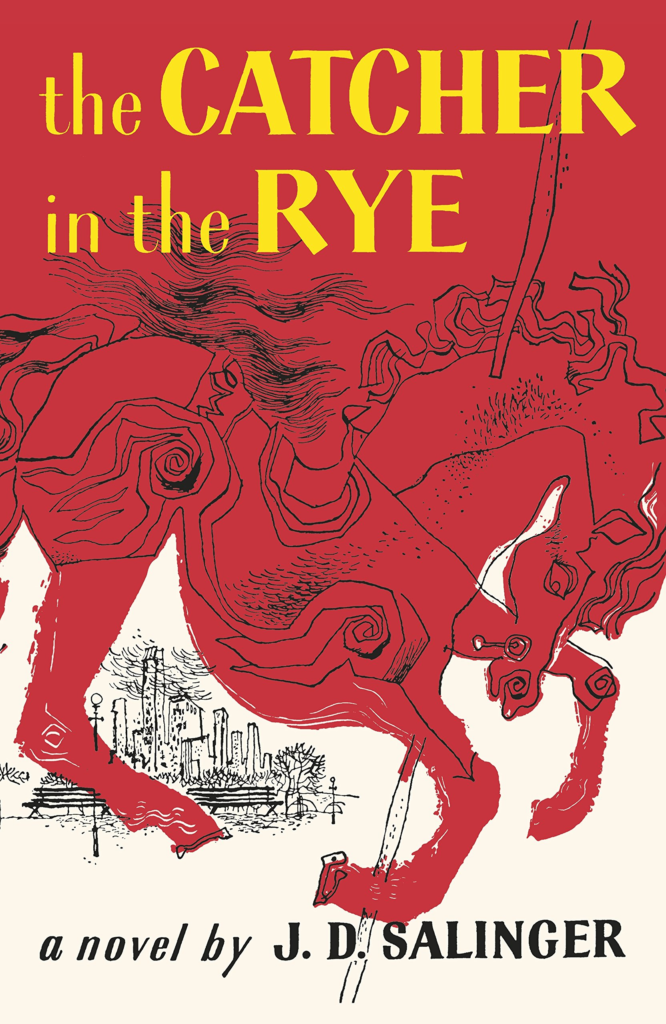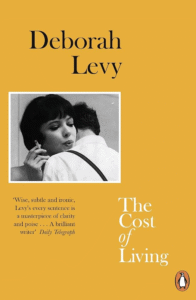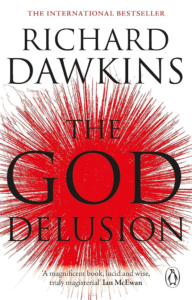The Catcher in the Rye: A Deep Dive into Adolescent Angst

A Portrait of a Troubled Youth
J. D. Salinger’s “The Catcher in the Rye” introduces us to Holden Caulfield, a troubled teenager navigating the complexities of adolescence. The novel, published in 1951, has resonated with generations of readers due to its raw portrayal of teenage angst and alienation.
A World Perceived as Phony
Through Holden’s first-person narrative, we witness his disillusionment with the adult world, which he perceives as superficial and phony. His encounters with various characters, from the pretentious adults to the vulnerable children, highlight his longing for genuine connection and his desire to protect innocence.
The Loss of Innocence
One of the central themes explored in the novel is the loss of innocence. Holden’s idealized vision of childhood purity is evident in his desire to be the “catcher in the rye,” a mythical figure who prevents children from falling into the corrupting influences of adulthood.
Alienation and Isolation
Holden’s struggles with social interactions and his inability to form meaningful connections contribute to his sense of alienation. His cynicism and sarcasm, often used as a defense mechanism, further distance him from others.
A Timeless Exploration of Adolescence
“The Catcher in the Rye” continues to be a relevant and thought-provoking novel, inviting readers to reflect on the challenges of adolescence and the transition to adulthood. Its exploration of themes such as loss of innocence, alienation, and the search for authenticity remains poignant and resonates with readers across generations.




















